We typically think of a hair loss as an issue that impacts men. However, it's important for women to know that balding can affect them, too.
Women don't tend to talk openly about thinning hair, so it can feel incredibly lonely and traumatic when it's happening to you. It takes a brave woman to open up about losing her hair, but the truth is that it's not that uncommon for women at all.
In fact, Harvard Women's Health Watch reports that a third of all women will experience hair loss at some point in their lives.
While some thinning hair symptoms may be down to age or genetics, not all of it is permanent or due to any underlying medical condition.
It's important for women to know all the possible causes. Hair loss can be an emotionally exhausting experience, but it's a little bit easier if you're well-informed.
Thumbnail Photo: Instagram / emmydarling91
How Much Hair Loss Is Normal?
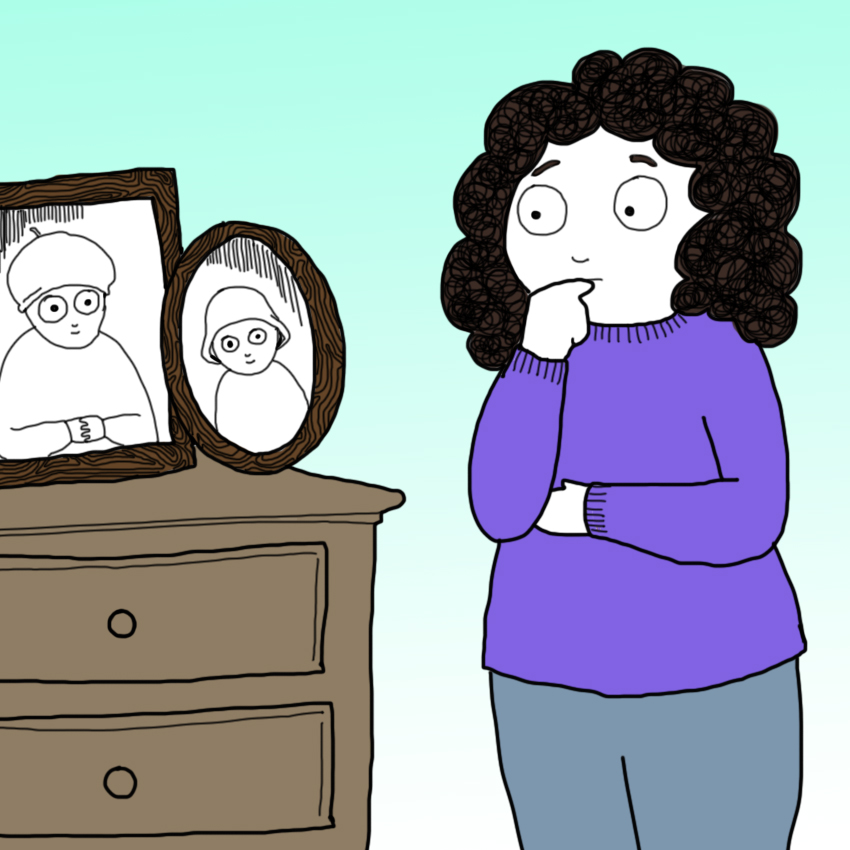
We all experience some hair loss regardless of our age or health. The American Academy of Dermatology says that losing anywhere from 50 to 100 hairs a day is normal.
However, shedding upwards of 150 hairs a day counts as excessive hair shedding or loss.
It's also important to differentiate shedding from loss. When hair sheds, it can continue to grow back. Hair loss, on the other hand, means the hair does not grow back.
Hair Loss Causes Cause #1: Genetics
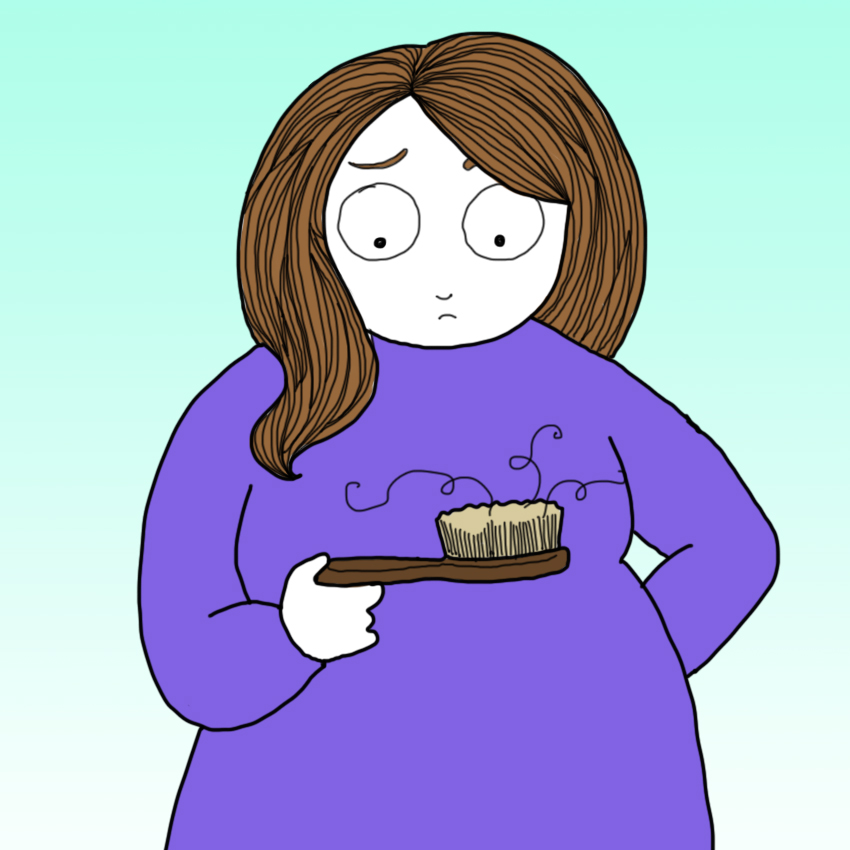
Men often look to their fathers, grandfathers, and male family members as an indicator of whether they can expect to go bald.
The same can be said for women. If your grandmother or mother experienced hair loss, it is likely that you share the genes and that you will show similar symptoms.
Cause #2: Androgenetic Alopecia
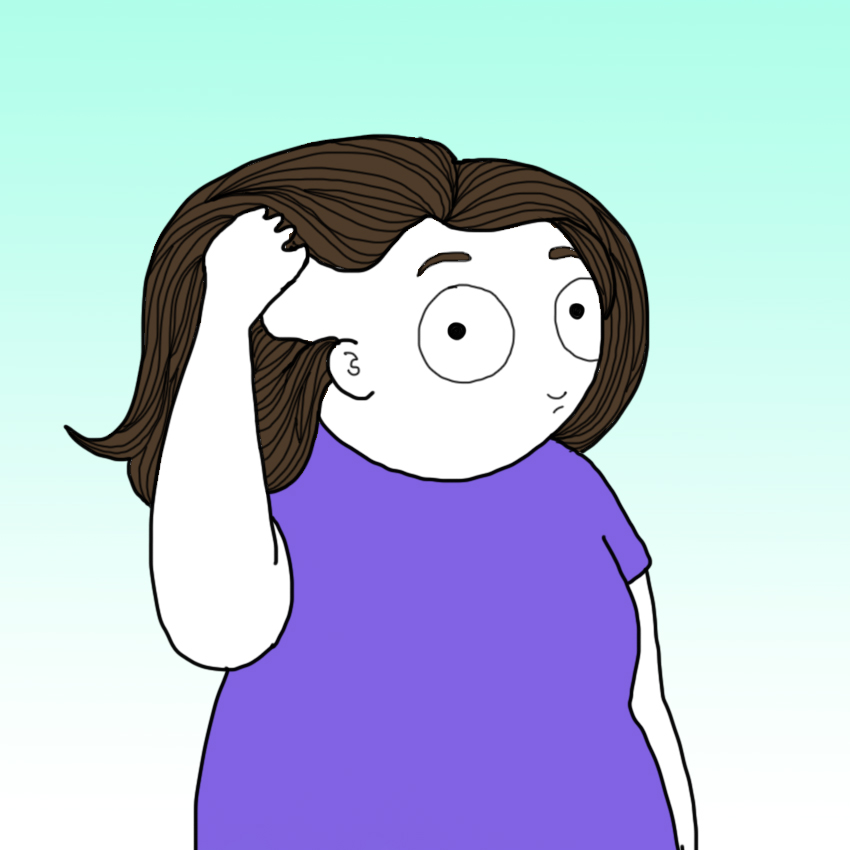
The leading cause of hair loss for men and women is androgenetic alopecia, according to Harvard Women's Health Watch.
The condition is called pattern hair loss and can be reflected in your family history. About a third of women will experience it in their lives.
While it impacts both sexes, men and women show hair loss differently. Men typically have a receding hairline, and women are more likely to have a thinning part line.
Cause #3: Ringworm
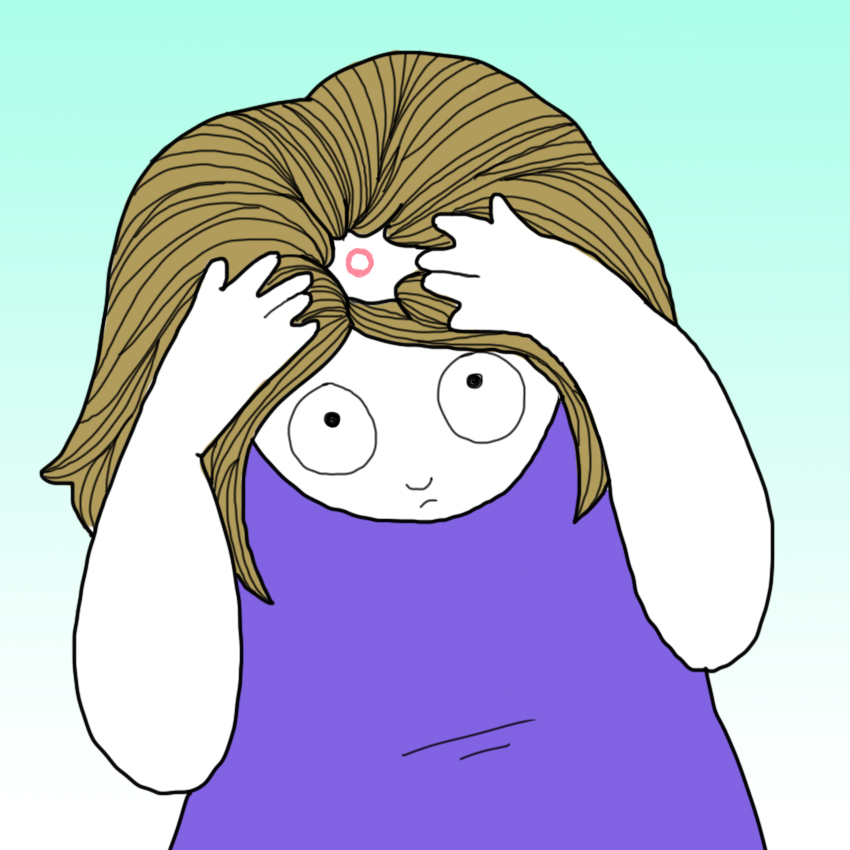
Ringworm is a fungal infection that causes a red and itchy rash on the skin. It can occur all over your body, but ringworm of the scalp is fairly common — and causes hair loss.
The Mayo Clinic explains that the fungi called dermatophytes attack the skin and hair shaft, causing bald patches, or rings, which is where the infection's name comes from.
Anyone can get ringworm, but you might be at a higher risk if you work with children or animals or are involved in athletic activities where you may sweat a lot and wear restrictive clothing.
Cause #4: Hair-Pulling Disorder
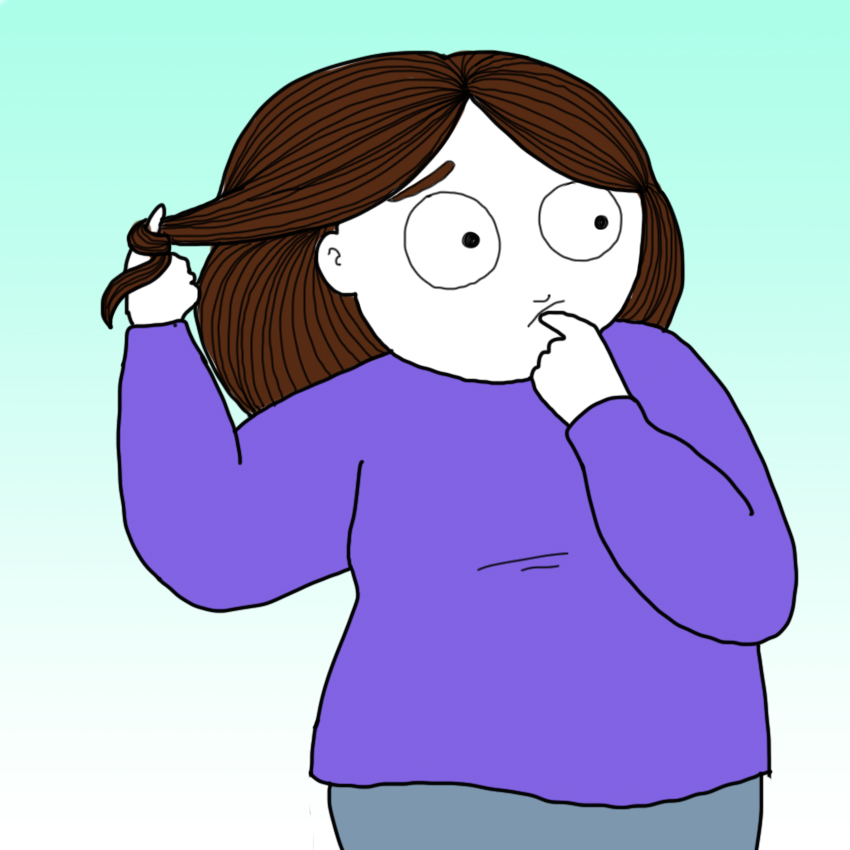
Unlike the aforementioned causes for hair loss, hair pulling is a mental condition rather than a physical one.
According to the Mayo Clinic, the condition, called trichotillomania, is characterized by the overwhelming urge to pull one's hair out.
Stress, anxiety, and OCD are usually the underlying triggers of the hair-pulling compulsion, and talk therapy and medication can both help improve the urge.
Cause #5: Hormonal Changes
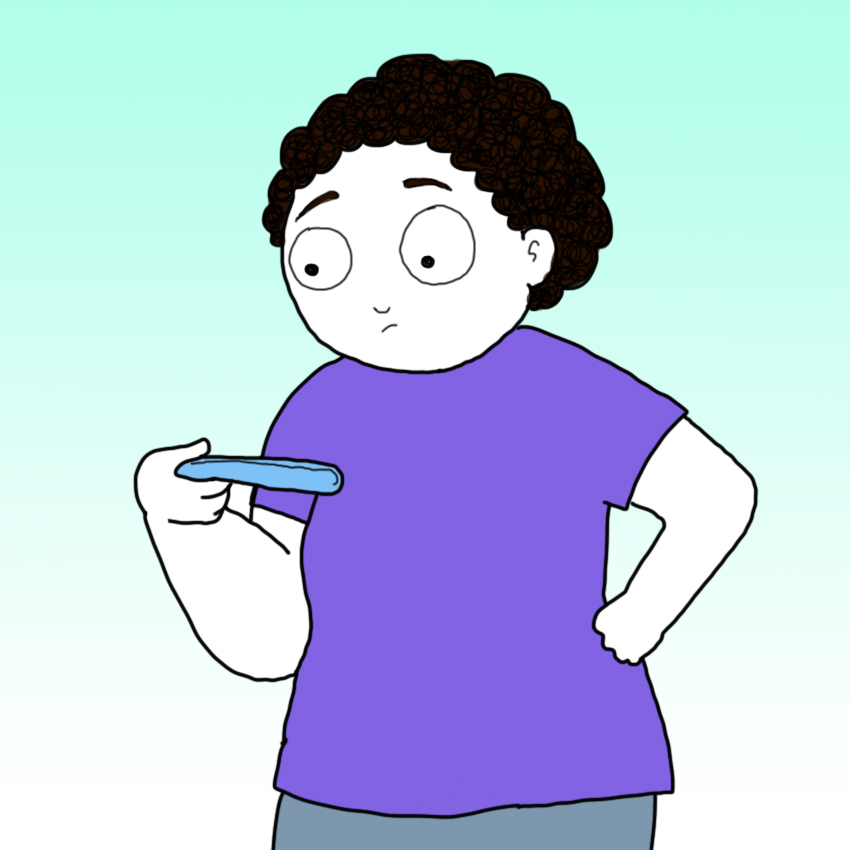
Whether you're pregnant, taking birth control, or going through menopause, changing hormone levels always take a toll on our bodies.
The shock of a drastic change in your hormone levels — caused by anything from menopause to a new method of birth control — can lead to hair thinning and loss by triggering your hair to stay in a 'resting' cycle for longer.
When that happens, hair falls out without being replaced, but this condition is often temporary.
Cause #6: Physical Or Emotional Shock
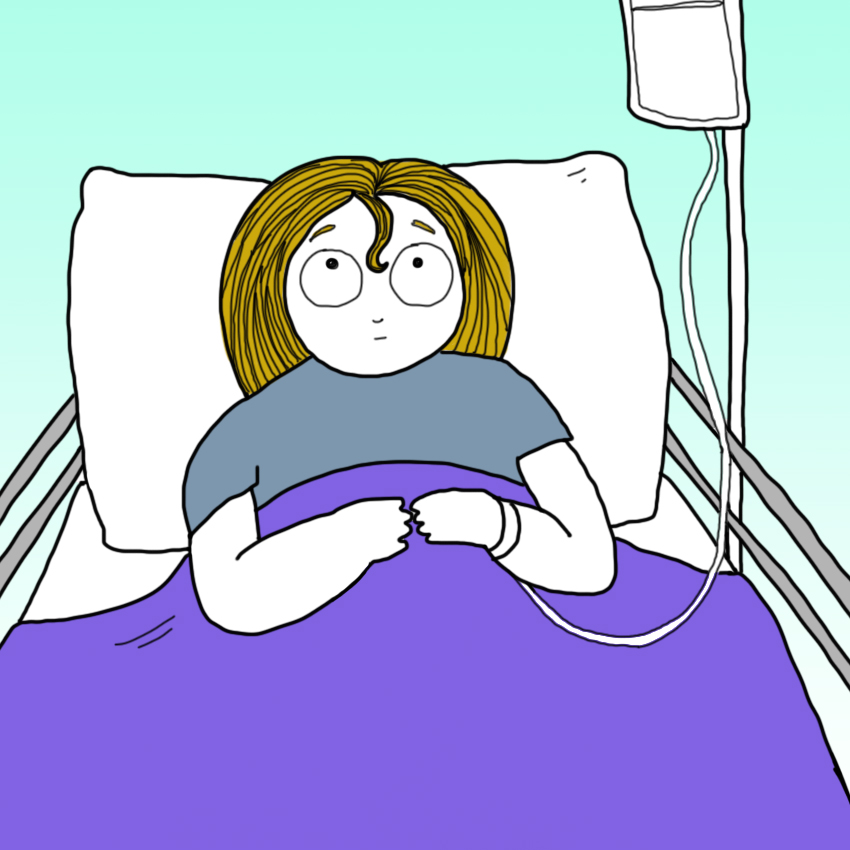
Going though a traumatic event can impact our bodies more than we might realize.
The American Hair Loss Association explains that going something that's physically or emotionally intensive, like childbirth, a major surgery, grieving the loss of a loved one, or any other form of extreme stress can lead to hair loss.
Fortunately, this is also often temporary, and the hair may eventually start growing back.
Cause #7: Hair Styles And Treatments
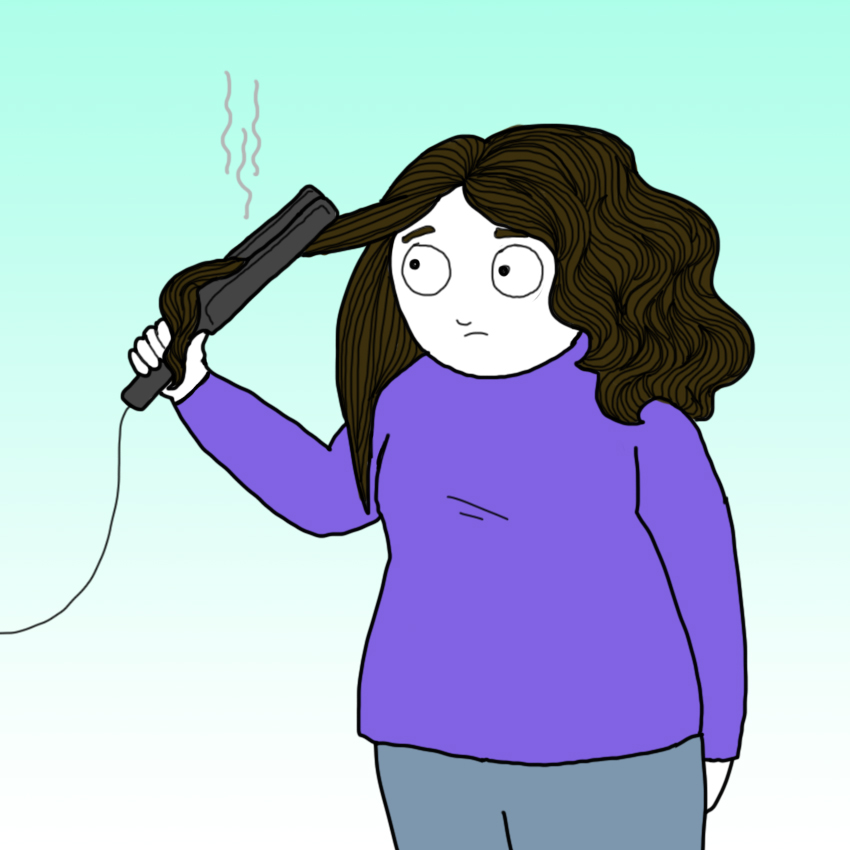
Sometimes, being a girl means spending a lot of time on your hair.
With that said, hair styles that pull on the hair and excessive use of heat tools or harsh hair products can actually do more harm than good.
Heat and tension can damage your hair, so it's better to reserve curling and blow-drying for special occasions.
Cause #8: Medication
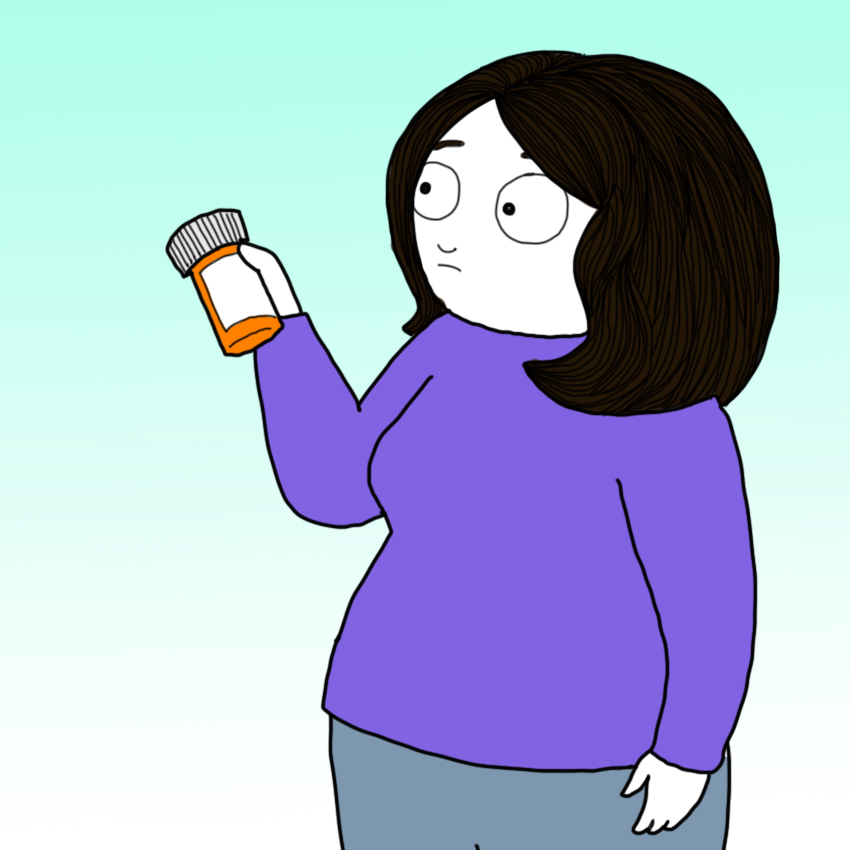
You're probably well aware of many of the side effects of the medication you are taking. However, often people believe they have genetic hair loss when they actually have loss caused by medication, according to Bernstein Medical.
Some of these drugs include blood thinners, seizure medication, anti-inflammatory drugs, antidepressants, and even birth controls. So if you experience thinning, double-check the warning labels on your medication to see if that could be the culprit.
Make sure to SHARE this useful information with your friends on Facebook!




